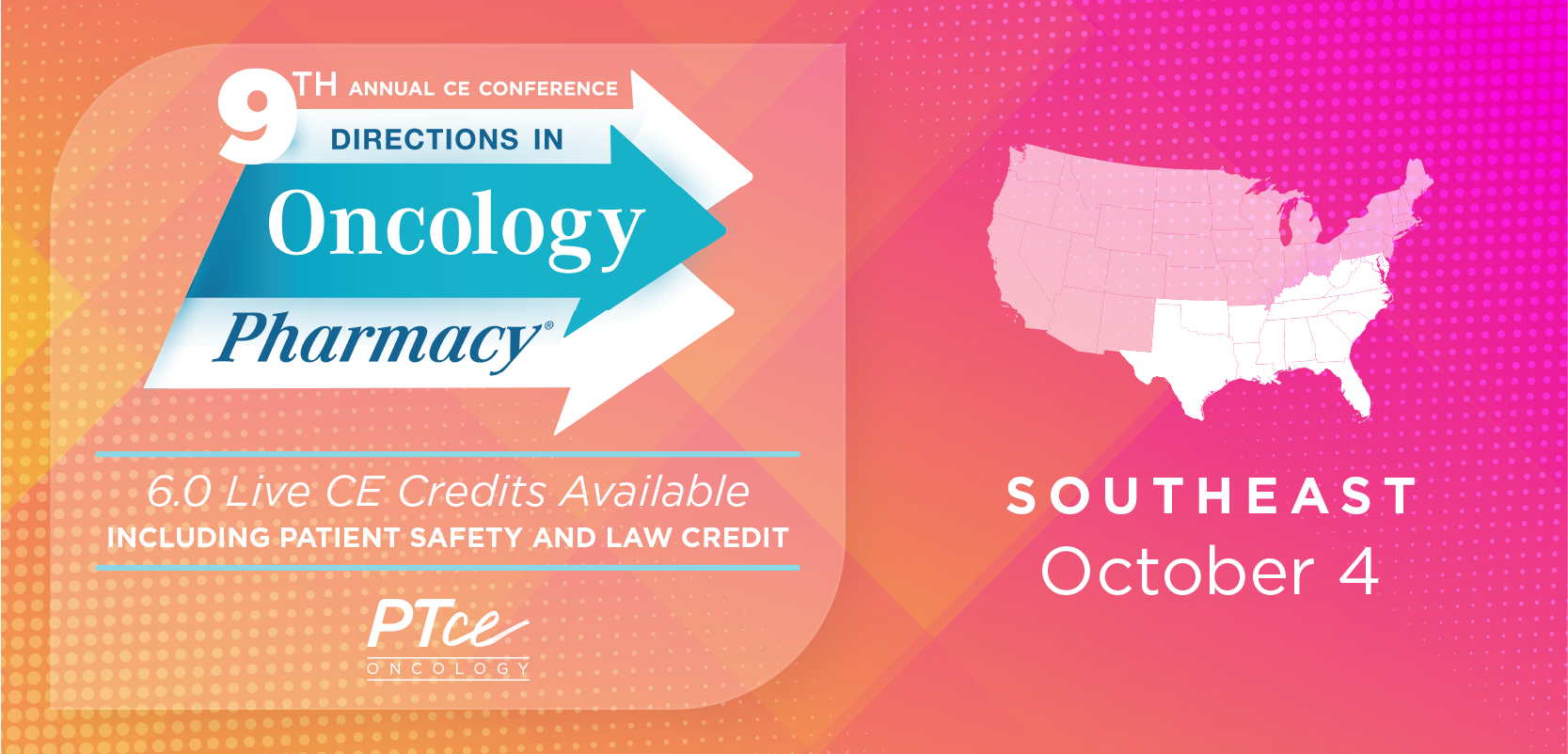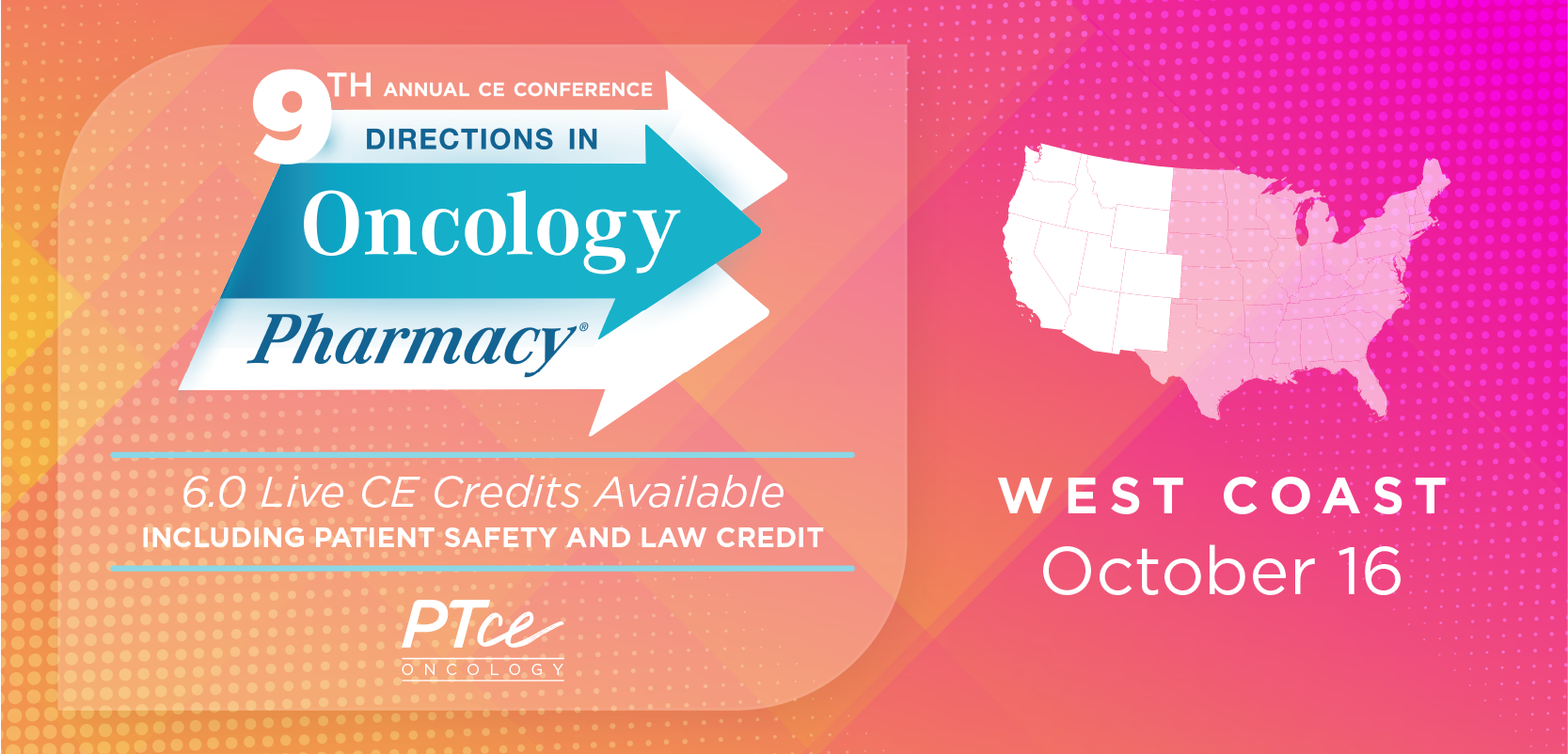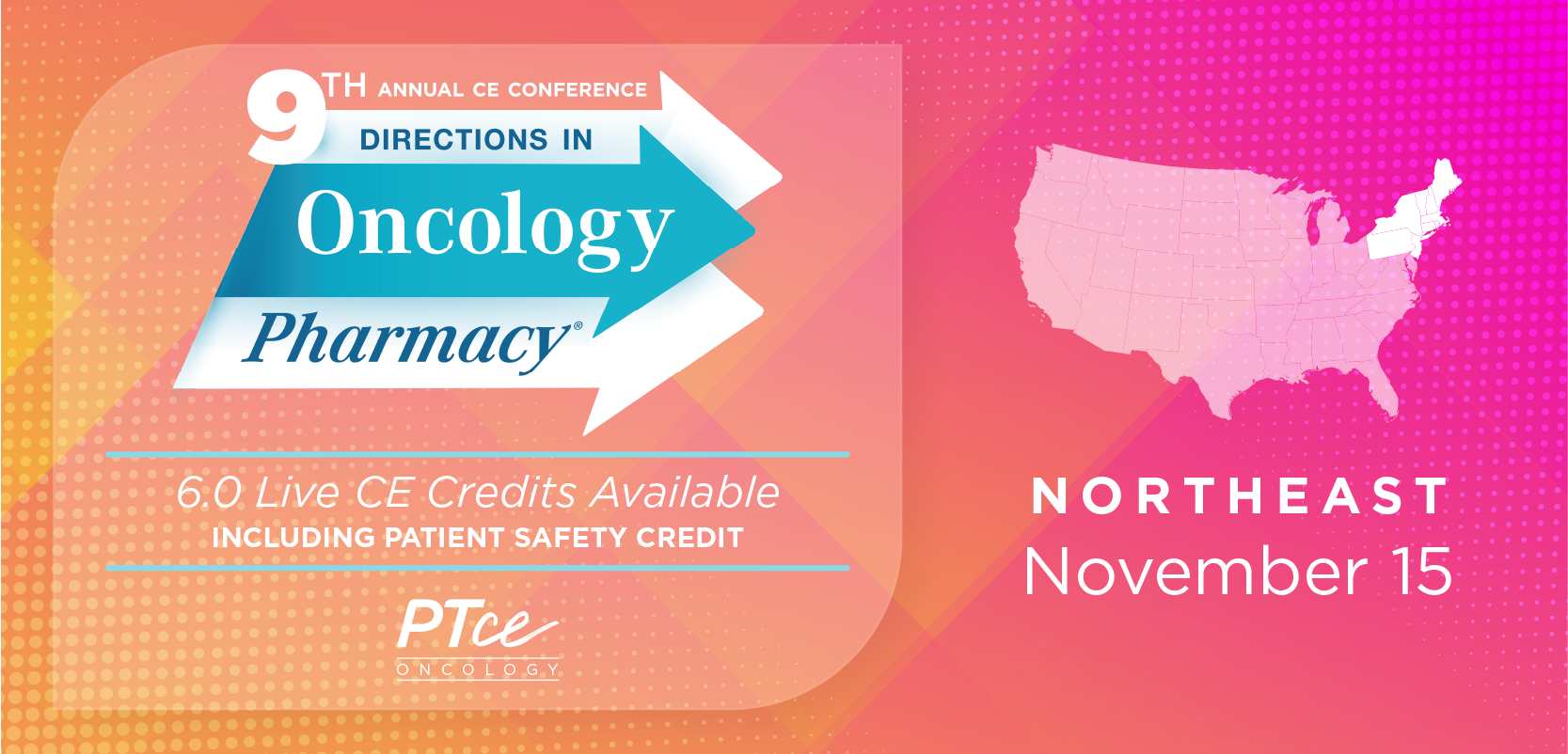
Pfizer Agrees to Lower Certain Drug Prices in US, Aligning With Most-Favored Nation Plan
Key Takeaways
- Pfizer's agreement with the Trump Administration marks a significant step in implementing MFN drug pricing, aiming to lower U.S. drug costs to match international levels.
- The TrumpRx platform will allow uninsured individuals to purchase drugs at discounted prices, enhancing direct-to-consumer access.
In an announcement at the White House, Pfizer said it will reduce drug prices in the United States to match those of other countries.
Pfizer and the White House have reached an agreement to align with the Trump Administration’s proposed most-favored-nation (MFN) drug-pricing model. This makes Pfizer the first manufacturer to voluntarily lower drug prices in the United States for Medicaid recipients to comparable, often lower prices in other countries.1-3
The White House also announced the establishment of a direct drug-purchasing platform, not yet launched, that will allow individuals without insurance to search for and purchase these drugs at a discounted price. Taken together, they represent the first major steps to adhere to the Administration’s May executive order, demanding the voluntary extensions of MFN pricing to the US while providing direct-to-consumer distribution methods for patients.1,2
Details of the Pfizer–White House Agreement
In the announcement, Pfizer stated that they have voluntarily agreed to the MFN model, which is “designed to ensure Americans receive comparable drug prices to those available in other developed countries.” For new drugs launched in other wealthy countries, Pfizer agreed not to charge more in the US for those drugs, though there was no specific cap for such launch prices.1,3
The company also said it will participate and feature its drugs in the TrumpRx purchasing platform. Notably, most of Pfizer’s primary care treatments—along with some specialty drugs—are set to be offered at a “range as high as 85% and on average 50%,” according to the company’s news release.1
Albert Bourla, chairman and CEO of Pfizer, noted that the company also agreed to a 3-year grace period on pharmaceutical tariffs that were recently announced by President Donald Trump and set to begin on October 1. Accordingly, Pfizer would increase investments in US manufacturing; they committed $70 billion in additional funding for future research and development.1,2,4
Pfizer Becomes First Company to Adhere to July Demands From Trump Administration
In May, President Trump issued Executive Order 14297, putting the onus on pharmaceutical companies to implement MFN pricing, ensuring that patients in the US receive the lowest price that the company gives to any other country. The Trump Administration threatened numerous actions if the manufacturers did not voluntarily comply, including implementing new regulations to force price reductions, cracking down on business practices through the Federal Trade Commission, and allowing more drug imports from other countries.5
Trump followed up this order with a letter to the CEOs of 17 biopharmaceutical companies from the US and across the world, reinforcing the intent of the executive order and specifically requesting that the manufacturers extend MFN pricing to Medicaid patients; guarantee MFN pricing for newly-launched drugs; return increased revenues to lower drug prices further; and provide for direct purchasing at MFN prices. In the letter, the companies were given until September 29 to respond. Now Pfizer has become the first manufacturer to do so.1,6,7
Although there is a consensus across experts in the field that drug prices in the US are unsustainably high, uncertainty remains on whether MFN pricing is the best path forward. In a recent roundtable discussion, Ali Pashazadeh, chairman and CEO at Treehill Partners, explained that with MFN pricing combining with efforts to bring drug manufacturing back to the US and the all-time-low rate of biotechnology funding, there is a “perfect storm” of unknowns that is worrying both companies and investors.7
“I fully understand the logic behind MFN—the desire to get drugs to patients at prices comparable to other countries makes sense,” Pashazadeh said. “But the real questions are how it’s implemented and when.”7
Drug Prices in the US Are High Compared With Other Countries
It remains to be seen which manufacturers will be next to act. Politico has reported that Eli Lilly (Lilly) has pledged to raise prices in Europe so that US prices could be lowered, while Bristol Myers Squibb noted that it plans to charge the same list price for a new schizophrenia treatment in the US and the United Kingdom. Lilly has also recently announced the development of manufacturing facilities in Virginia and Texas. However, more companies may soon have to offer concrete development plans to prevent the regulatory hammer from coming down on potentially anticompetitive prices.8-10
Prescription drug prices in the US are indeed much higher than in other countries; some reports estimate that prices are 2.78 times higher than those in other developed nations, with even larger gaps for brand name drugs. The US Government Accountability Office estimates that retail drug prices in the US are 2 to 4 times higher than publicly available prices for the same drugs in Canada, France, and Australia. Patients, pharmacists, and stakeholders from across the health care spectrum must wait and see how the MFN model shakes out regarding potentially reduced drug prices, and if the federal government will respond with regulatory action if companies do not act.11,12
Pharmacists should be prepared to explain these recent changes to patients and await further details regarding specific drugs that will be reduced in price and the TrumpRx platform. In the meantime, pharmacists should assist patients, especially those in financial hardship, with finding the cheapest possible prices for their medications.
REFERENCES
1.Pfizer reaches landmark agreement with US government to lower drug costs for American patients. Pfizer. News release. September 30, 2025. Accessed October 1, 2025. https://www.pfizer.com/news/press-release/press-release-detail/pfizer-reaches-landmark-agreement-us-government-lower-drug
2. Fact sheet: President Donald J. Trump announces first deal to bring most-favored-nation pricing to American patients. The White House. September 30, 2025. Accessed October 1, 2025. https://www.whitehouse.gov/fact-sheets/2025/09/fact-sheet-president-donald-j-trump-announces-first-deal-to-bring-most-favored-nation-pricing-to-american-patients/
3. Sullivan P. Trump and Pfizer announce deal to lower drug prices, launch “Trump Rx” website. Axios. September 30, 2025. Accessed October 1, 2025. https://www.axios.com/2025/09/30/trump-pfizer-drug-price-deal
4. Luhby T. A 100% tariff on some imported drugs is coming October 1, Trump says. CNN. September 26, 2025. Accessed October 1, 2025. https://www.cnn.com/2025/09/25/business/imported-pharmaceuticals-tariff-trump
5. Delivering most-favored-nation prescription drug pricing to American patients. Federal Register. May 15, 2025;90:20749-20751. Executive Order No. 14297. https://www.federalregister.gov/documents/2025/05/15/2025-08876/delivering-most-favored-nation-prescription-drug-pricing-to-american-patients
6. @realDonaldTrump on Truth Social. July 31, 2025, at 1:34 PM. Accessed October 1, 2025. https://truthsocial.com/@realDonaldTrump/posts/114949049238065269
7. Corvino B, Masia N, Pashazadeh A, et al. Decoding most favored nation: expert insights on the impacts to patients, pharma, and innovation. Pharmacy Times. September 12, 2025. Accessed October 1, 2025. https://www.pharmacytimes.com/view/decoding-most-favored-nation-expert-insights-on-the-impacts-to-patients-pharma-and-innovation
8. Lim D. The Trump administration’s favored tactic to force companies to act. Politico. September 29, 2025. Accessed October 1, 2025. https://www.politico.com/news/2025/09/29/trumps-strategy-to-get-drug-companies-to-act-voluntarily-is-about-to-be-tested-00583885
9. Lilly plans to build a new $6.5 billion facility to manufacture active pharmaceutical ingredients in Texas. News release. Eli Lilly. September 23, 2025. Accessed October 1, 2025. https://investor.lilly.com/news-releases/news-release-details/lilly-plans-build-new-65-billion-facility-manufacture-active
10. Lilly announces plans to build $5 billion manufacturing facility in Virginia. News release. Eli Lilly. September 16, 2025. Accessed October 1, 2025. https://investor.lilly.com/news-releases/news-release-details/lilly-announces-plans-build-5-billion-manufacturing-facility
11. Mulchay AW, Schwam D, Lovejoy SL. International prescription drug price comparisons: estimates using 2022 data. RAND. February 1, 2024. Accessed October 1, 2025. https://www.rand.org/pubs/research_reports/RRA788-3.html
12. Prescription drugs: US prices for selected brand drugs were higher on average than prices in Australia, Canada, and France. US Government Accountability Office. May 29, 2021. Accessed October 1, 2025. https://www.gao.gov/products/gao-21-282
Newsletter
Stay informed on drug updates, treatment guidelines, and pharmacy practice trends—subscribe to Pharmacy Times for weekly clinical insights.





















































































































































































































